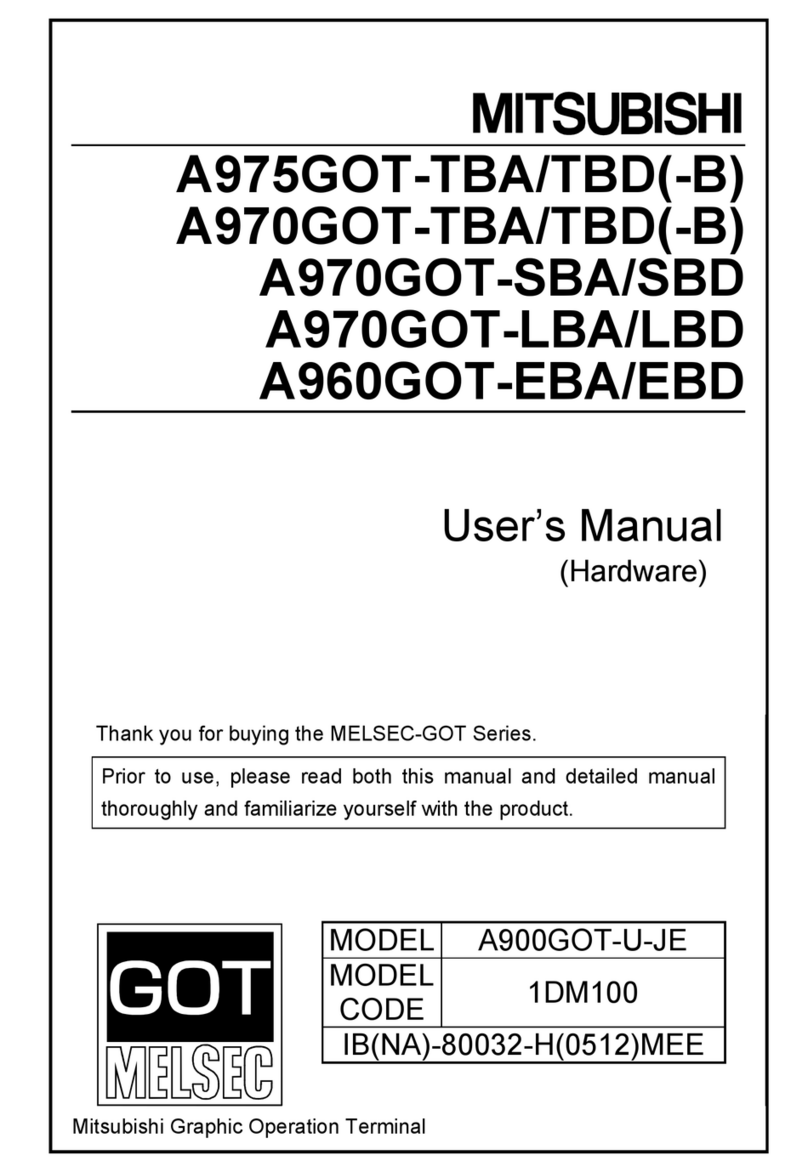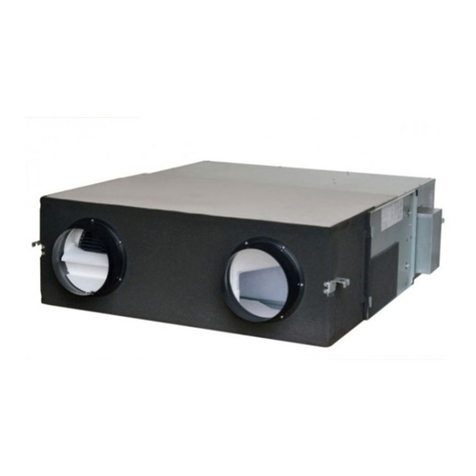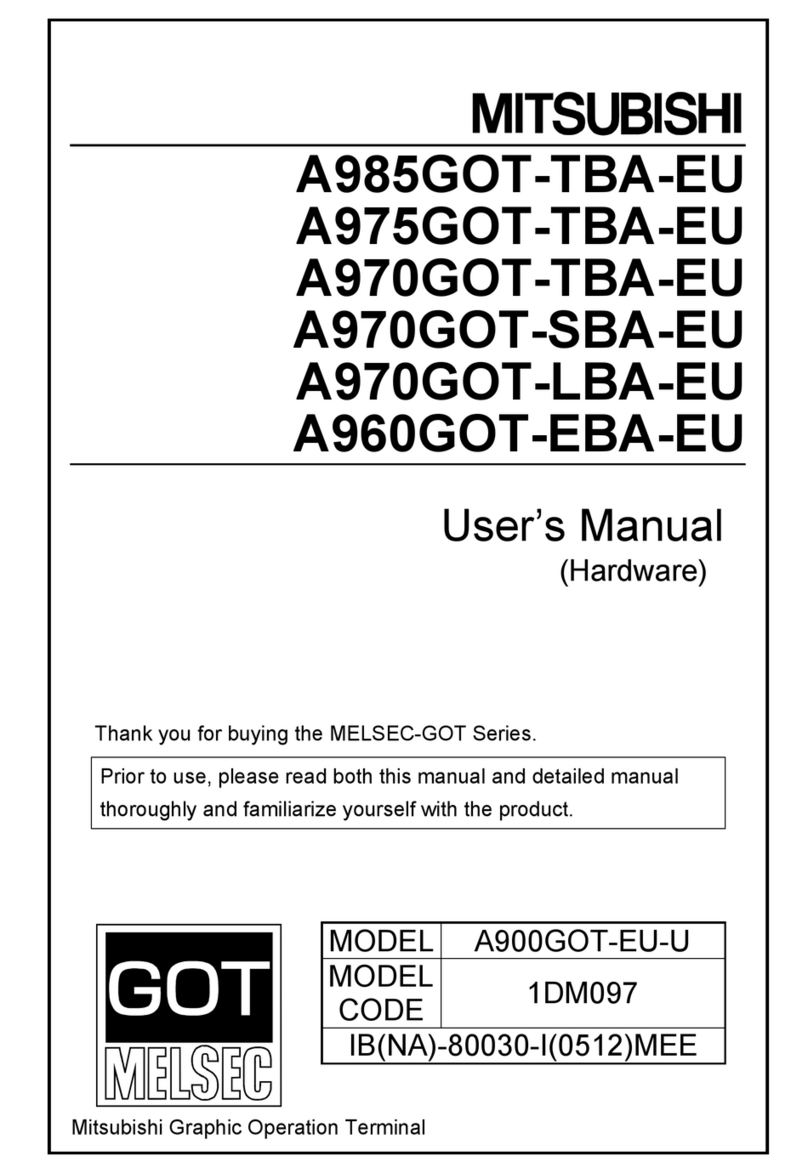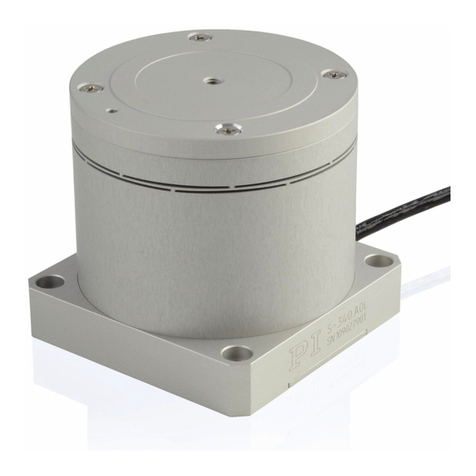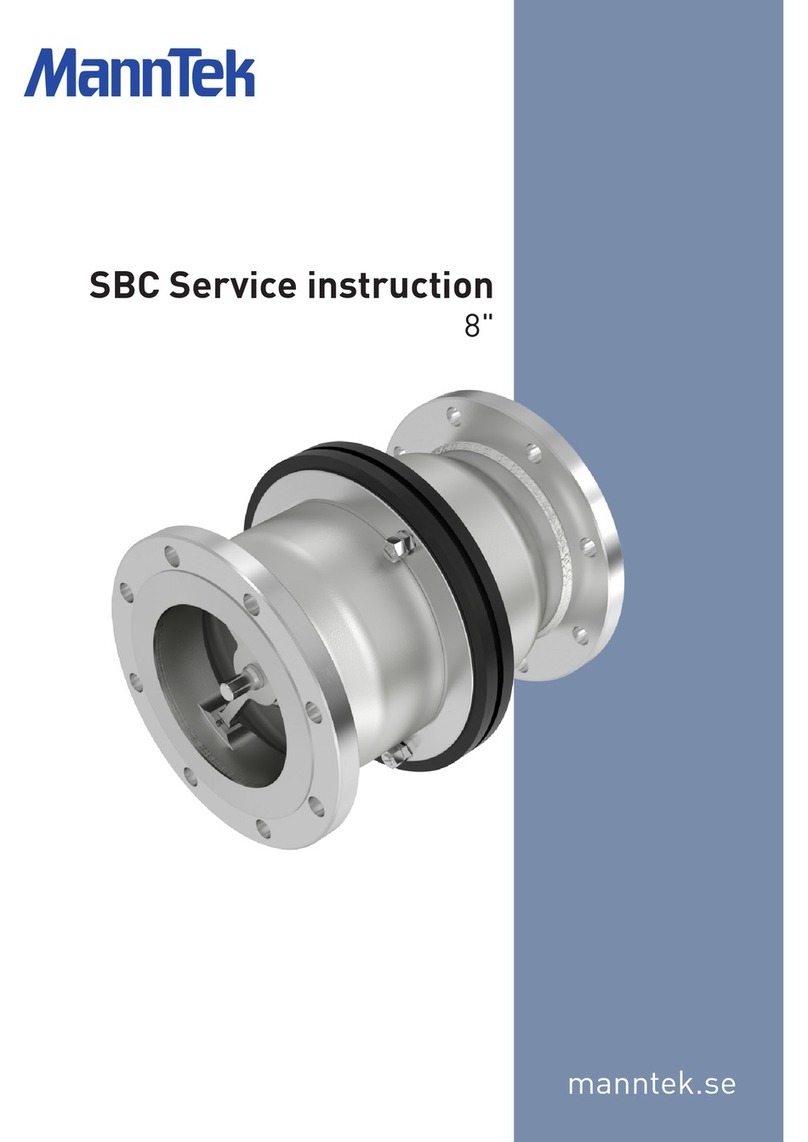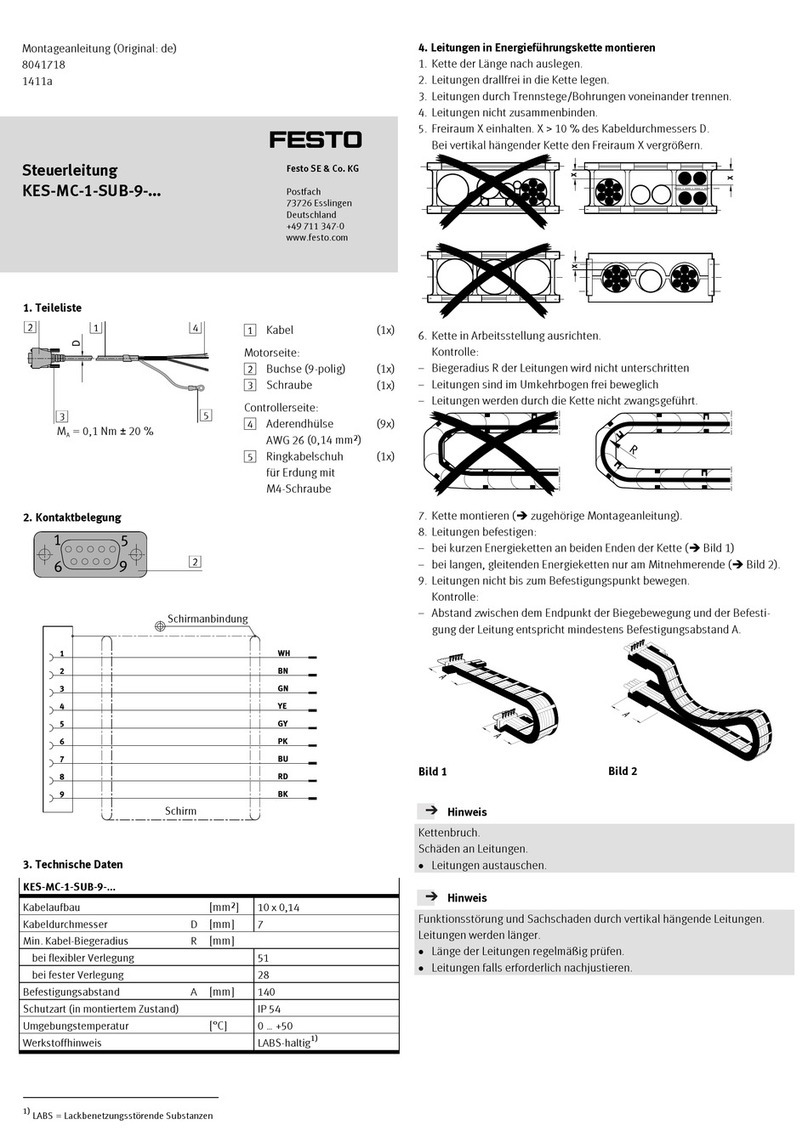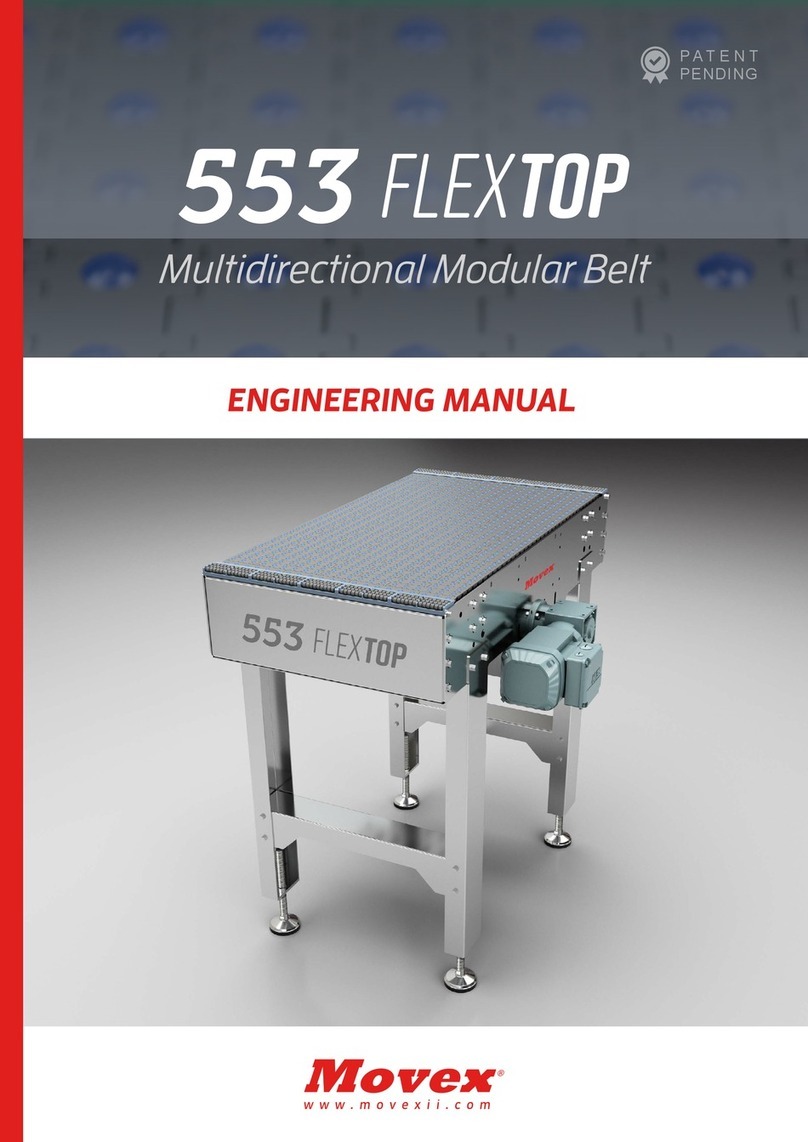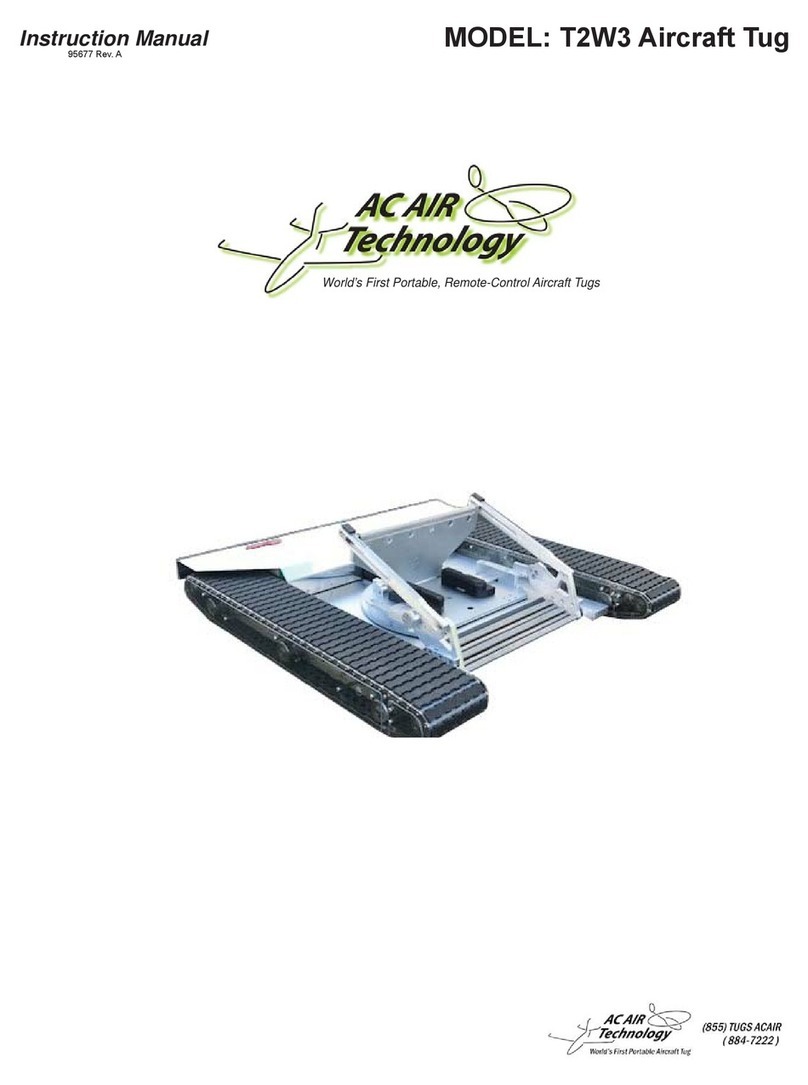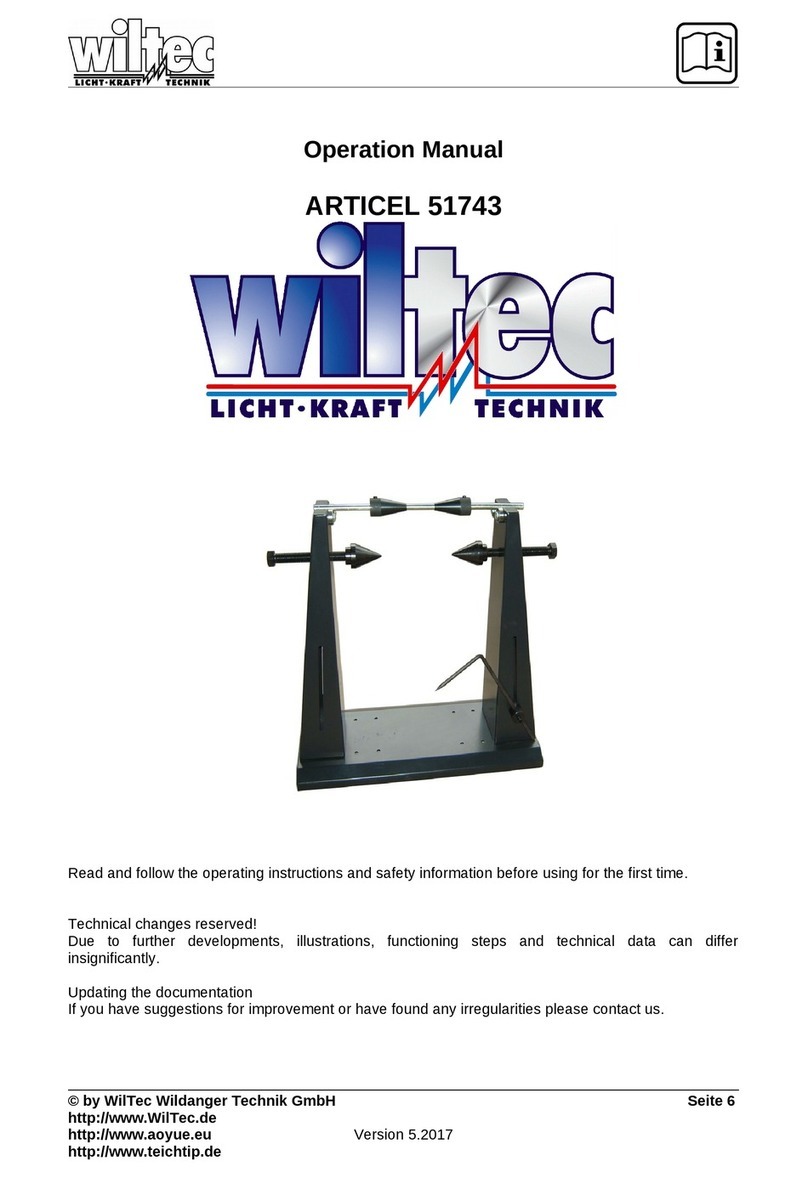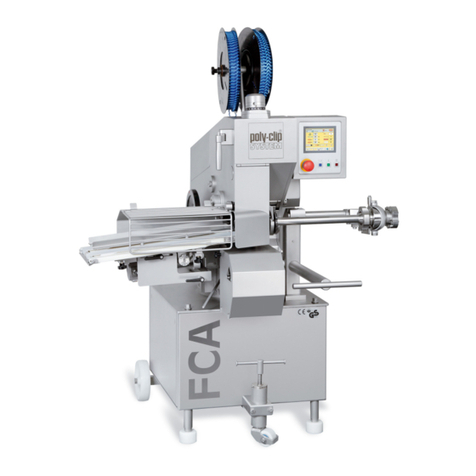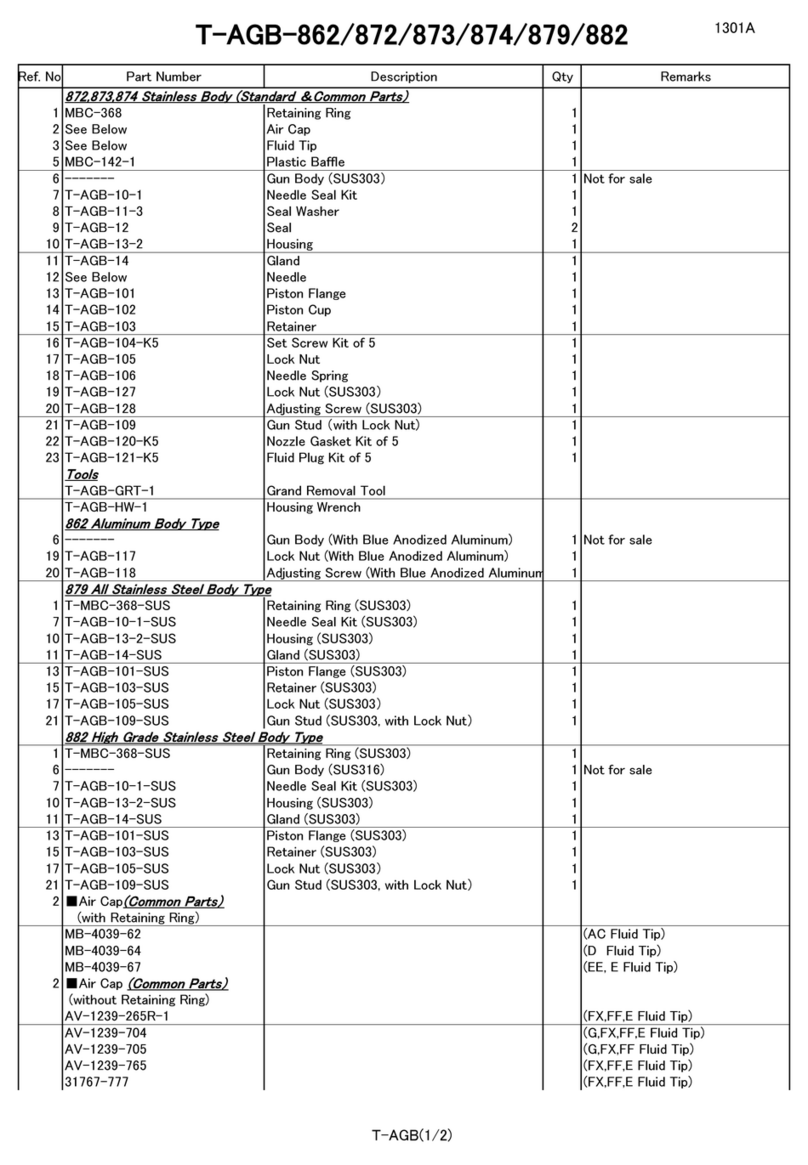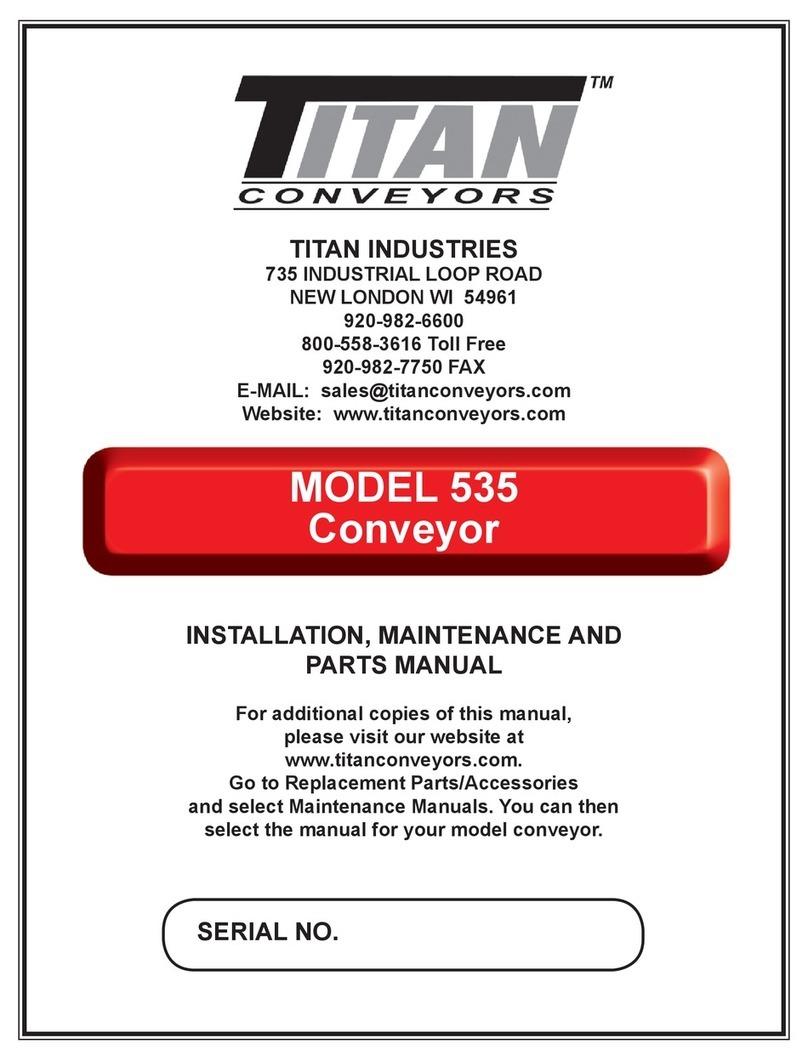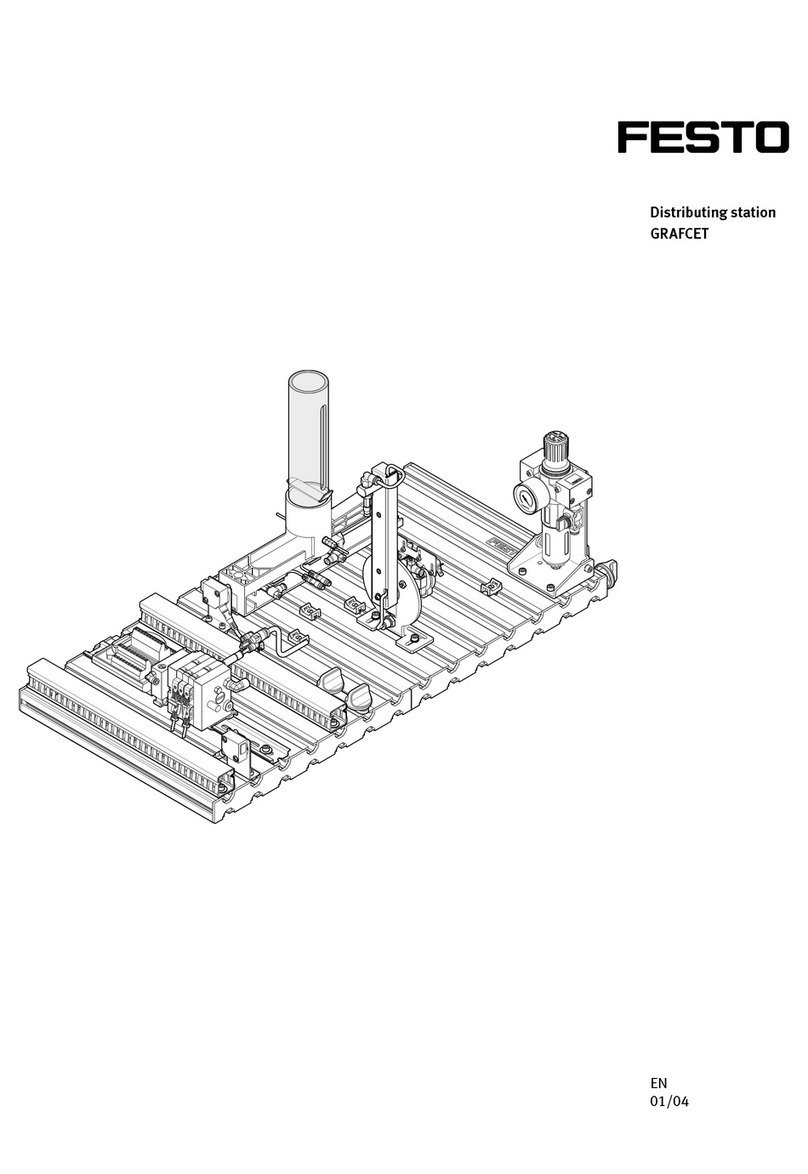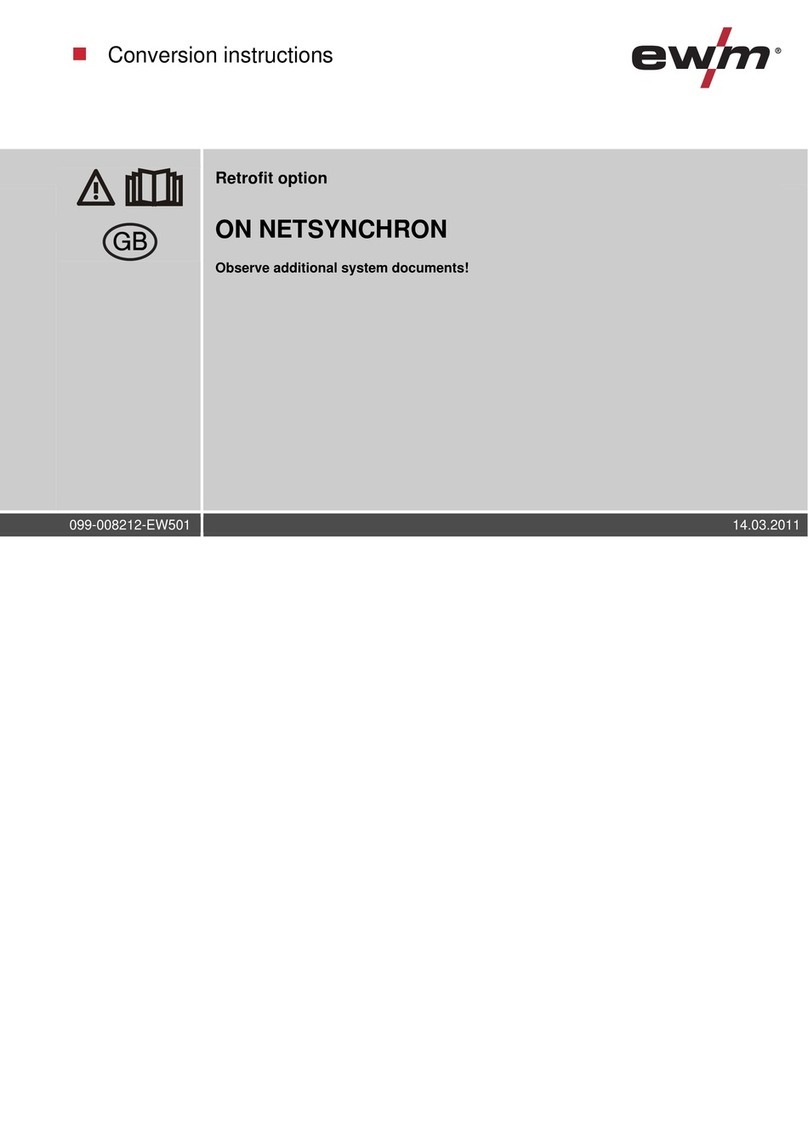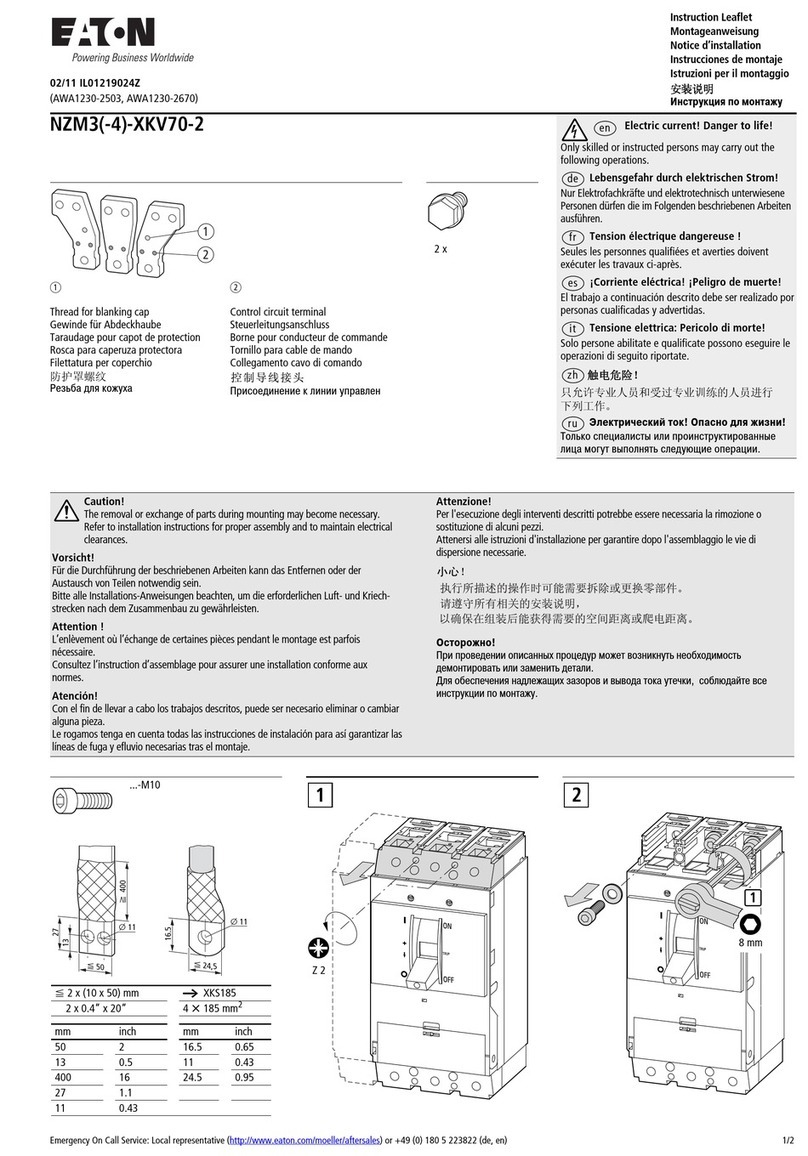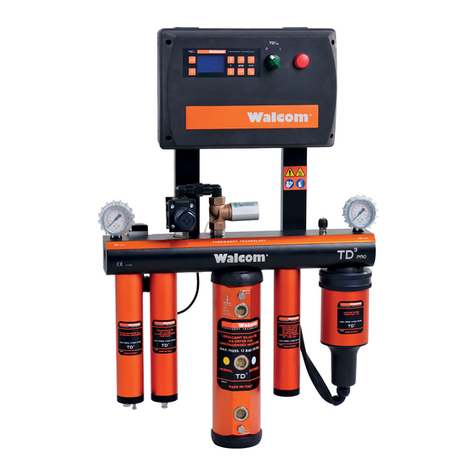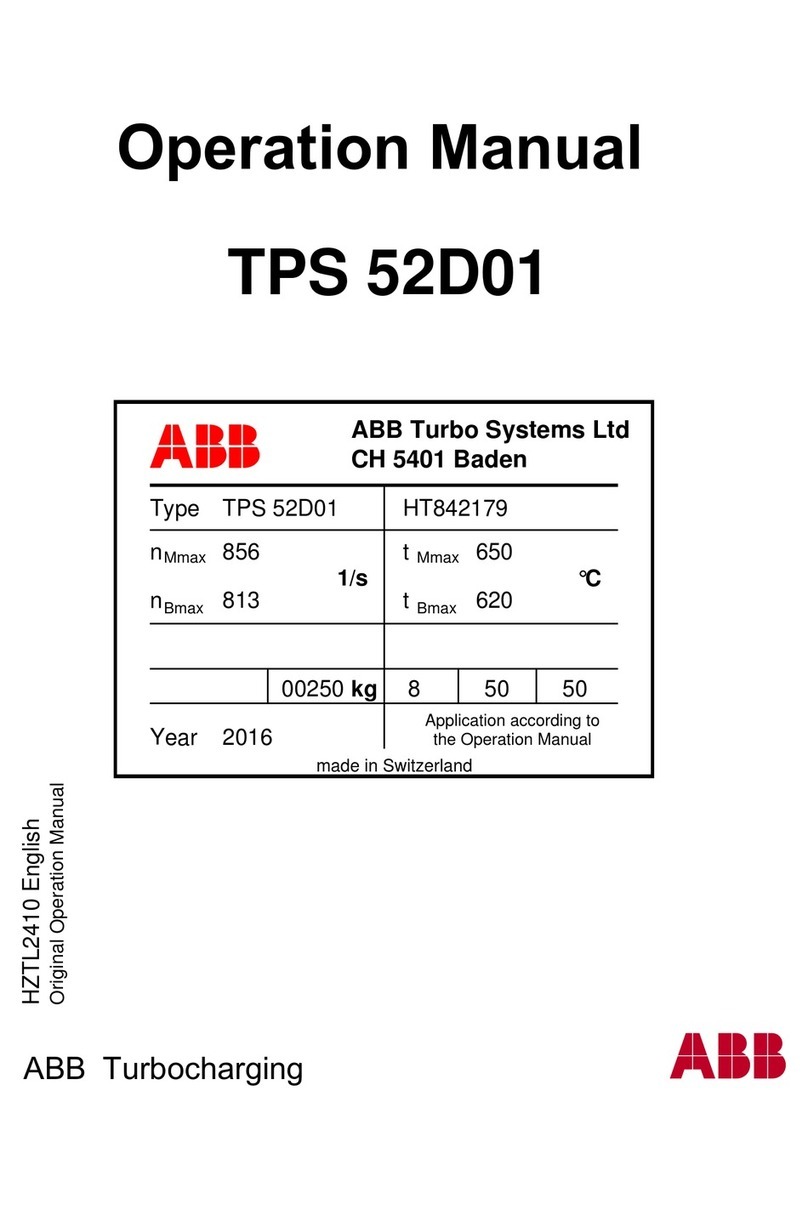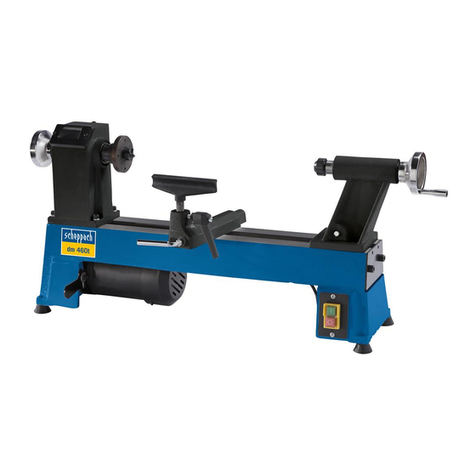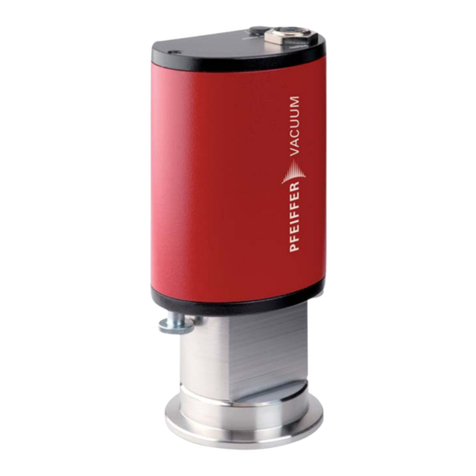Mitsubishi Limiservo X G Series Technical document

Mitsubishi Limiservo X G series
TECHNICAL INFORMATION MANUAL Motor XL-G554-10(Y), XL-G554-20(Y),
XL-G754-20(Y)
Control box XC-GMFY
Induction type AC servo motor
and control box with automatic
needle positioner
Thank you for purchasing this product.
Please read this manual thoroughly before use to ensure safe and proper use.
Please read the instruction manual for the machine head together with this manual.
Save this manual for future reference.
E723D700-C(201407)

- 1 -
1 Contents······································································································································ 1
2 Safety Instructions························································································································· 2
3 Points of Caution··························································································································· 3
4 Names of Each Part······················································································································· 4
5 Installation ··································································································································· 5
1. Installation of the motor··························································································································5
2. Installation of the control box···················································································································5
3. Installation of the pulley··························································································································5
4. Mounting of the belt·······························································································································5
5. Installation of the protective cover ············································································································6
6. Installation of the position detector ···········································································································7
7. Connection of the Mitsubishi sewing machine and control box ·······································································7
6 Wire and Grounding······················································································································· 8
1. Insertion of the power connector··············································································································8
2. Connection of 3-phase power··················································································································8
3. Current capacity ···································································································································8
4. When using the 3-phase 200 - 240V class Limiservo X with single phase 200 - 240V class·································8
7 Confirmation································································································································· 9
1. Before turning switches on.......... ·············································································································9
2. Turn on the power..........·························································································································9
8 Adjustments································································································································ 10
1. Adjustment of stopping position ··············································································································10
2. Adjustment of pedal toe down pressure, and heeling pressure······································································10
3. Adjustment of operation speed ···············································································································11
9 Changing the solenoid voltage and output voltage··············································································· 12
1. To change solenoid voltage DC24V/DC30V ······························································································12
2. Changing the output voltage between 0VDC and 5VDC ··············································································12
10 Operation of the Control switch Panel Keys······················································································ 13
1. Displays during normal mode and functions of each key··············································································13
2. Selection of each mode·························································································································13
(1) Types of program mode···············································································································13
(2) Selection of each program mode from the normal mode.····································································14
(3) Direct number call function···········································································································15
3. Using the normal mode·························································································································16
4. Changing to the tacking, preset, pattern NO. selection mode········································································17
(1) Tacking setting mode ··················································································································17
(2) No. of tacking stitches setting mode·······························································································17
(3) Preset stitching setting mode········································································································18
(4) Pattern No. selection mode ··········································································································18
5. Using the program mode [1] simple setting ·······························································································19
6. Using the program mode [2] simple setting ·······························································································21
7. Using the program mode [3] simple setting ·······························································································23
11 Function List······························································································································ 25
12 How to Use the Option Connector·································································································· 29
1. Connector Layout ································································································································29
2. To use as a standing work type sewing machine························································································30
13 Error Display······························································································································ 31
14 Specifications ···························································································································· 32
<Reference> Table of digital display ································································································ 32
Dimensions (MOTOR and CONTROL BOX)···········································································
1 Contents

- 2 -
1. To ensure safe use
*Always observe the following items to ensure safe use of the industrial sewing machine drive unit (motor and control box).
1.1 Before starting
Read all instruction manuals thoroughly before starting use of this drive unit, and follow the technical manuals. Also read the instruction
manuals for the installed sewing machine.
1.2 Application and purpose
This drive unit is designedto drive a sewing machine and must not be used for other applications or purposes. Do not use this drive unit until
it can be confirmed that safety measures for the installed sewing machine have been taken.
1.3 Work environment
Use this drive unit in dry and well-kept clean locations, e.g. in the clothing industry, and which process dry sewing material.
Avoid using this control unit in the following types of environments.
(1) Power voltage
- Place where voltage fluctuation exceeds ±10% of the rated voltage.
- Place where the specified power capacity cannot be secured. (Refer to page 8)
(2) Electromagnetic
noise
- Place where strong electric or magnetic fields are generated such as near a large-output high frequency
oscillator or high frequency welding machine.
(3) Temperature
and humidity
- Place where atmospheric temperature is 35 degree or higher and 5 degree or lower.
- Place subject to direct sunlight or outdoors.
- Near a heat source such as a heater.
- Place where relative humidity is 45% or less and 85% or more, or where dew condensation occurs.
(4) Atmosphere
- Atmosphere with dust or corrosive gases.
- Atmosphere with combustible gases or explosive atmosphere.
(5) Altitude
- Place where altitudes exceeds 1,000m above mean sea level.
(6) Storage
- Place where storage temperature is 55 ℃or higher and -25℃or lower.
(7) Vibration
- If excessive vibration occurs when the control box is installed on the sewing machine, install it separately.
2. Installation
2.1 Motor and control box
- Correctly install according to the attached technical manuals.
2.2 Accessories
- Always disconnect this control unit from the main power supply when installing any accessories listed in the technical manual. (Turn the
main switch OFF, and remove the plug from the outlet (power supply line).)
2.3 Cable
(1)Arrange the connection cable so that excessive force is not applied during use, and do not excessively bend the cable.
(2) Cables near moving parts (e.g., pulley) must be wired at a minimum distance of 25mm.
(3) Confirm that the power voltage of the power cable for supplying to the control box meets the specifications on the motor and control box
rating nameplates before connecting it to the power line. Connect it to the designated places to supply the power. Perform this step with the
power switch turned OFF.
2.4 Grounding
- Correctly connect the power cable grounding to the power supply grounding.
2.5 Accompanying appliances and accessories
- Electric accompanying appliances and accessories must be connected to the place listed in this manual.
2.6 Removal
(1) Turn the power switch OFF and remove the plug from the outlet (power supply line) before removing the motor or control box.
(2) Do not pull on the cord when removing the plug. Always hold the plug itself.
(3) There is a high voltage applied inside the control box, so always wait at least 10 minutes after running the power switch OFF and
remove the plug from the outlet (power supply line) before opening the control box panel.
3. Maintenance, inspection and repairs
- Follow the technical manuals for maintenance and inspection of this control unit.
- Repairs and maintenance must be done and approved by specially trained personnel.
- Do not run this control with the ventilation openings of the motor's dust-proof filter blocked or clogged with dust, loose cloth, etc.
- Always turn the power switch OFF and remove the plug from the outlet (power supply line) before replacing the sewing machine needle or
bobbin, etc.
- Always use original replacement parts for repairs or maintenance.
4. Other safety measures
- Keep fingers away from all moving machine parts (especially near sewing machine needle, etc.).
- Do not drop this control unit.
- Do not operate this product without parts such as the protective cover or protective devices such as the safety breaker.
- The servomotor surface may reach high temperatures depending on the operation conditions and loads. Do not touch directly.
- If any damage is observed on this control unit, if the drive does not run properly or if operator is uncertain about operation, do not operate the
drive unit. Operate the drive only after adjustments, repairs and approvals have been made by qualified personnel.
- The user must avoid making modifications or changes based on user's judgment.
- When system have to be stop in case of emergency, remove the power supply plug from the power supply line.
5. Hazard display, warning display
(1) This symbol indicates risk that may cause personal injury or risk to the machine
when mishandling of products.
(2) This symbol indicates electrical risks and warnings.
(3) This symbol indicates thermal risks and warnings.
- Always deliver this instruction manual to the end user.
- Save these technical manuals for future reference.
2 Safety Instructions

- 3 -
Caution
1. Please remove your foot from the pedal when turning the power ON.
2. Always turn the power OFF when leaving the machine.
3. Do not inspect the control circuit with a tester.
4. Always turn the power switch OFF before tilting the sewing machine, replace the needle or threading the needle.
5. Always ground the grounding wire.
6. Do not use branched wiring.
7. The brakes may not function when the power is turned OFF or when there is a power failure during sewing machine operation.
8. Match the connector shape and direction, and insert securely.
9. Keep the signal wire as short as possible when connecting the external switch to the connector of control box. If it is long, malfunctions may
occur. Use a shield wire when possible.
10. Install the sewing machine away from sources of strong noise such as high-frequency welders.
11. An optical method is used for the detector's detection element so take care not to let dust or oils get on the detection plate when removing
the cover for adjustment, etc. If these do get on the plate, wipe off with a soft cloth and do not scratch the plate. Take care not to let oils
enter between the detector discs.
12. When the position detector connector or the belt has come off or when the sewing machine is completely locked, the motor will be
automatically turned OFF after a set time to prevent damage to the motor. (The motor may not turn OFF if the locking is not complete.)After
the problem has been resolved, turn the power OFF and ON and normal operation will be possible. The same operation should be taken
when the position detector or wires are broken.
13. Be sure to ground the lever unit when using it to separate from the control box.
14. Always turn off the power switch before connecting or disconnecting each connector
15. Do not alter this motor and control box including accessories to avoid any accident
The altered examples: To connect the power supply to the other device through the push button switch, to take out signals of the encoder
and the detector to use the external devices.
Our company does not assume the responsibility on any accident caused by altering.
16. A high voltage is applied inside the machine, so wait at
least 10 minutes after turning the power OFF before
opening the control box. There is a cable connecting the PCB
on the cover side with the PCB on the box side. When
disconnecting the cable, gently disconnect at the connector
section. Do not pull with force.
18. If the fuse blows, remove the cause, and replace the blown fuse with one having the same capacity.
(Front view of cover side PCB with control box cover removed.)
(Front view of box side PCB with control box cover removed.)
17. Remove the dust that has adhered on the motor's
dust-proof filter once every two to three weeks.
Dust-proof filter
If the motor is run while the
filter is clogged, the motor
may overheat and affect the
motor life.
3 Points of Caution
Always wait at least 10 minutes after
turning the power switch OFF before
opening the control box cover.
2.5A Fuse
Two 20A Fuses
* The above 2.5A fuse is for
protection of the 12V power
supply section.
* The above fuses are for
protection of the control box
power supply section.
High voltage warning
Control box cover side
Control box side

- 4 -
1. Front side of control box
2. Back side of control box
3. Left side of control box
4 Names of Each Part
Control switch panel
connector
Encoder connector
Lever connector
Presser foot
connector
Sewing machine connector
Motor connector
Lever
Lever Unit
Power connector
Status indication LED
Connector indication
nameplate
High-voltage warning plate
XC-G10-S control switch panel installation screw hole
Front cover fixing screw
Detector connector
Option A connector
Option B connector
Protective cap (Remove the cap when using.)
Be sure to ground the lever unit
when using it to separate from the
control box.

- 5 -
1. Installation of the motor
Open three 9mm holes on the table as seen from
the above. Install the motor securely using the
installation bolts, washers, spring washers and
nuts.
The installation bolts, etc., are included with the
motor as accessories.
3. Installation of the pulley
*To properly install, the protective cover A (motor side of the protective cover) must be
installed onto the motor before the pulley is installed. (Refer to "5. Installing the protective
cover”.)
Securely tighten the pulley.
Select the correct pulley diameter to ensure complete use of the motor performance.
Selection of the motor pulley:
Motor pulley
outer diameter (mm)
(*) The motor speed should be set at 3,600rpm. When the motor pulley diameter is selected with the above method
and the pulley diameter is too small, select the minimum pulley in the range that the belt will not slip.
(**) Refer to page 20 for the pulley diameter to be used when using the Mitsubishi thread trimming sewing machine.
4. Mounting of the belt To adjust the belt tension, press down on the center of
the belt with your hand, and turn the upper and lower nuts
of the adjustment nut to increase or decrease the center
height of the motor so that the belt dips approximately
15mm.
5 Installation
2. Installation of the control box
(1) Tighten the control box onto the motor.
(2) Insert the power cord from the motor into the connector on the
back of the control box. Insert the encoder cord from the motor
into the encoder connector on the front of the control box.
If the belt tension is too low, the medium
and low speeds will be inconsistent, and
the stopping precision will be poor.
When too tight, the motor bearings will
deteriorate.
Caution
For safety always turn the power
switch off, before adjusting the belt.
Caution
Use the JIS K6323 sewing
machine belt M-type.
15mm (approx. 9.8N(1kg))
Adjustment nut
Table
Belt hole
Bobbin
winder
66
3-9 holes
159
57
Encoder
cord
Power cord from motor
100V : White connector
200V : Brown connector
The protective cover A is not shown.
Normal sewing machine speed
(*)Motor speed
Sewing machine pulley diameter
(effective diameter)
= x + 5 mm
Incomplete tightening may
cause malfunctions.
Caution
The direction
of the plate

- 6 -
5. Installation of the protective cover (with belt slip off prevention part)
The protective cover is enclosed with the motor as an accessory.
1. Install the protective coverA onto the motor.
2. Install the pulley and attach the belt. (Refer to "3. Installing the
pulley" and "4. Mounting of the belt".)
3. Install the "belt slip off prevention part mounting plate" onto protective cover B with the following procedures.
* Change the direction of the long and short side of the attachment plate according to the motor pulley outer diameter.
(a) For motor pulley outer diameter φ55 to φ80 (b) For motor pulley outer diameter φ80 to φ125
* Set the center of the washer to the pulley diameter indication scale and tighten the bolt.
* Confirm that the belt does not contact the attachment plate.
4. Install the "protective rod" onto the protective cover B with the following steps.
* Set the protective rod to the motor pulley rotation direction and install between the belt and motor pulley.
(a) For counterclockwise rotation (b) For clockwise rotation
* Set the center of the protective rod to the position at the center of the belt and motor pulley and tighten the bolt
5. Set protective cover B onto protective coverA,
and tighten with the four set screws.
* Confirm that the belt and motor pulley do not
contact the protective rod.
6. If necessary, adjust the position of the
"protective rod" and "belt slip off prevention part
mounting plate". Securely tighten after
adjusting.
(View from back of protective cover)
Attachment plate
rectangle side
Pulley outer
diameter φ55 to 80
indication scale
(front)
Cross-section A-A
Cross-section B-B
(View from front of protective cover)
Belt
Motor pulley
Protective
cover
Protective rod
Protective cover A
Belt
Pulley
Set screw
Set screw
Set screw
Set screw
Tightening bolt
Nut
*The nut can be installed
according to either direction.
Attachment plate
rectangle side
Pulley outer
diameter φ80 to 125
indication scale
(front)
(View from back of protective cover)
Protective rod
(View from front of protective cover)

- 7 -
6. Installation of the position detector (1) The installation of the position detector will differ according
to the sewing machine model, so please consult with your
sewing machine dealer for details.
The diagram on the left shows an example of the position
detector installation.
(2) Insert the connector from the position detector into the
control box position connector.
(3) To prevent malfunctions caused by static electricity, connect
the grounding wires (green/yellow) from the position
detector onto the sewing machine head.
7. Connection of the Mitsubishi sewing machine and control box.
Wire the units as shown below.
Align the connector shape and direction, and securely insert it.
[View of control box from cover side] [View of control box from box side]
This can not be used with except
XC-G, XC-F and XC-E Series.
Caution
Position detector
Stopper
This can be installed onto
the sewing machine table
as shown here.
Grounding wire
(green/yellow)
Control box
Lever
connector
Encoder
connector
Sewing machine
connector
Motor
connector
Control switch panel
connector (Option)
Status indication LED
Caution
For safety purposes, always turn the power switch OFF and wait for
the status indication LED or the [PWR. OF] (displayed for approx. 10
seconds) LED display on the control switch panel to turn OFF before
connecting or disconnecting each connector.
This [PWR.OF] display is not an error.

- 8 -
1. Insertion of the power connector
Confirm the connector form and insertion direction when inserting the power connector into the control box and insert
completely.
Right side of control box Back side of control box
2. Connection of 3-phase power
3. Current capacity
Use a fuse or complete breaker for the power.
4. When using the 3-phase 200 - 240V class Limiservo X with single phase 200 - 240V class
Connect the "red" and "white" lead wires from the push-button switch to the power.
The black wire is not used.
Tape it with insulation tape, etc., to insulate securely.
Always ground the green/yellow (green) grounding wire.
6 Wire and Grounding
Power connector
(6-Pole)
Power connector
Power
Recommended
current capacity
Single phase
100 to 120V 550W
200 to 240V 550W / 750W
15A
3- phase
200 to 240V 550W / 750W
10A
3-phase power
R- S- T-
phase phase phase
Connect to ground
(Green/yellow)
Black
Green
Red
White
Cord for push-button switch
Ground the green (green/yellow)
wire to the grounding terminal.
Consult with an electrician for
the grounding wires.
Connection connector
to control box
Push-button switch
(Green/yellow)
Black
Green
Red
White
Connect to
grounding terminal
Connect these
lead wires to
the power.
Do not connect.
(Securely insulate by taping.)

- 9 -
1. Before turning switches on..........
Places to confirm
Reference
(1) Is the power and capacity suitable ?
Current capacity on page 8.
(2) Is the power voltage the same as the factory preset voltage of the
rated nameplate on the side of the control box?
Voltage value given on rated nameplate on side of control box.
XC-GMFY-20-05 : 200 to 240V
XC-GMFY-10-05 : 100 to 120V
(3) Are the connectors inserted correctly?
-Power connector from push-button switch
-Motor connector
-Motor encoder connector
-Position detection connector
Insertion of the power connector on page 8.
Connection of the Mitsubishi sewing machine
and control box on page 7.
Insertion of the position detector on page 7.
(4) Is the lead wire contacting the V belt ?
-
(5) Is the belt tension okay ?
Mounting of the belt on page 5.
(6)Are the pulley nuts securely tightened ?
Installation of the pulley on page 5.
(7) Can the sewing machine be rotated lightly by hand ?
-
2. Turn on the power..........
(1) Does the status indication LED on the control box light up in
green?
There is a problem if the LED is flickering or is lit up in red.
(2) Is the control switch panel LED turning ON?
(When control switch panel is connected)
(3) Does the position detector lamp light ?
(4) Is the sewing machine rotation direction correct? (When control switch panel is connected)
- For left rotation
- For right rotation
The rotation direction can be changed by pressing the [] key and [M] key simultaneously.
(5) Is there any heat, odors or abnormal sounds coming from the motor or control box?
7 Confirmation
Turn the power OFF and disconnect the power
plug from the socket if any heating, abnormal
odors or abnormal noise is found. Contact your
dealer immediately.
Control switch panel
Status indication LED
The sewing machine rotates to
the left looking from the pulley
side. The factory setting is left
rotation.
Control switch panel
Position detection
The sewing machine rotates to
the right looking from the pulley
side.

- 10 -
DOWN
position
UP
position
1. Adjustment of stopping position
Adjust this position with the detector installed onto the sewing machine and while
stopping at the UP and DOWN positions.
For safety, disconnect the connector for the sewing machine.
(1) Adjustment of UP position
-Loosen the two set screws on the detector joint, and set the stop position by
rotating by hand.
-If adjustment is not possible by turning the joint, loosen the cross-recessed
screw A shown of the following figure, and turn all detector plates
simultaneously to adjust to the designated stop position.
(2) Adjustment of DOWN position
-The relation of the DOWN position and UP position will differ according to the
model, so adjust this according to the sewing machine.
-When changing the DOWN position, remove the detector cover, and turn only
the red detector plate to adjust to the designated stop position.
(The cross-recessed screw A does not need to be loosened at this time.)
-Always replace the cover after adjustment.
2. Adjustment of pedal toe down pressure, and heeling pressure
The spring Apressure (toe down pressure) can be adjusted in five levels by changing the position spring A whitch is hooked onto the
lever unit. The spring B pressure (heeling pressure) can be adjusted by tightening or loosening the screw bolt.
8 Adjustments
Caution
Refer to the sewing machine instruction manual when
adjusting for use with the Mitsubishi sewing machine.
Set screws
(two screws)
Sewing machine pulley
UP
position
DOWN
position
180˚
180˚
(The factory setting of the clearance from the
DOWN position to UP position is approx. 180)
UP position detector disc
(black)(inner)
DOWN position detector disc
(red)(outer)
Screw A
Screw bolt
Spring A
Spring B
Minimum spring
pressure
Installation hole of the joint rod
Left side: Standard stroke
Right side: Large stroke (The movement becomes lighter)
Medium spring
pressure
Maximum spring
pressure
Factory setting

- 11 -
3. Adjustment of operation speed
Adjustment of
each speed
Reference
Factory setting
(speed)
Maximum speed
H
Page25 “To change the maximum speed”
4000
Low speed
L
-
250
Thread trimming
speed
T
-
200
Start tack speed
N
-
1700
End tack speed
V
-
1700
Slow start speed
S
-
250
Operation speed
Adjust between the low speed [L] and high speed [H] using
the [C] and [D] keys on the control switch panel.
Caution
No matter how large the motor pulley diameter is, the speed
will not rise higher than the maximum speed H and the speed
set with the [C] key and [D] key.
Adjustment
range with
the [C] key
and [D] key.
Rotation speed
99
0
Maximum speed [H]
Low speed [L]
It is possible to
adjust between
0 and 99.%
[C]key
[D]key

- 12 -
1. To change solenoid voltage DC24V/DC30V
To change solenoid voltage from 24V to 30V
(1) Remove the front cover from the control box.
(2) Reconnect the connector inserted in JP1 on the PCB to the
30V side.
(3) Set the cover to the original position after change.
To change solenoid voltage from 30V to 24V
(1) Remove the front cover from the control box.
(2) Reconnect the connector inserted in JP1 on the PCB to the
24V side.
(3) Set the cover to the original position after change.
2. Changing the output voltage between 0VDC and 5VDC
(1) Remove the control box cover.
(2) Change the output voltage 5/12VDC with the jumper JP3
and JP4 on the front cover PCB as shown on the right.
Change the output voltage 0/5VDC with the jumper JP5 on
the front cover PCB.
(3) The output voltage can be changed by reconnecting the
connector as shown on the right.
(4) The factory setting
Connector
factory
setting
Connector (Pin No.)
JP3
+12V
No.3 pin of the optionA
JP4
+5V
No.7 pin of the option B
JP5
0V
No.10 pin of the sewing machine
(5) After change, always set the cover to the control box.
9 Changing the solenoid voltage and output voltage
Wait at least 10 minutes after
turning the power switch OFF
before opening the control box.
Do not change the JP1,JP2 and
JP6 from the factory setting.
Control box cover side
24V setting (factory setting)
30V setting
Control box side
Wait at least 10 minutes after
turning the power switch OFF
before opening the control box.
Control box cover side
Control box side
5VDC setting
0V setting
5VDC setting
12VDC setting

- 13 -
1. Displays during normal mode and functions of each key
When the power supply switch is turned ON, the rotation direction will display on the LED.M shown below.
When the rotation direction is not displayed on LED.M, press the [↓] key any time.
This state is called the normal mode, and the following keys can be operated.
2. Selection of each mode
The modes can be changed from the normal mode to various program modes and various basic functions and application functions set with
this control switch panel.
(Refer to the Technical Documents for details on each mode's function.)
(1) Types of program mode
10 Operation of the Control Switch Panel Keys(When using XC-G10 type control switch panel)
Normal mode
(The rotation direction is
displayed on LED.M)
Program mode [P] The setting to often use 1 *Sewing machine, etc.
Caution
A program mode cannot be entered from an other program mode.
Always return to the normal mode once before changing the program mode.
Note that when the program mode is selected with the "Direct number call function", a selection
exceeding the program mode type can be made with the number selection.
Program mode [A] The setting to often use 2 *Servo motor, etc.
Program mode [B] The setting to often use 3 *Counter/Speed display, etc.
Program mode [C]Applied function [C] setting mode * Customizing, etc.
Program mode [D] Tacking setting mode
Program mode [E] H/W checking mode * The input/output function can be checked, and
the error statue during a fault can be investigated.
Program mode [I] Save mode of the setting data
Program mode [R] Reset/returning to original data.
* The state set with each program mode can be returned to the original settings (factory
settings).
Program mode [1] Simple setting mode for Mitsubishi thread trimming sewing machine.
Program mode [2] Simple setting mode for chain stitch sewing machine.
Program mode [3] Simple setting mode for other lock stitch sewing machine.
Tacking setting, preset stitching setting, pattern No. selection modes
[↑] (Up), [↓] (Down) keys
The validity of the start and end
tacking switch, the type of stitch,
the number of stitches, the preset
stitching and backtacking, etc.,
can be set.
LED.M
The rotation direction of the sewing machine is displayed.
The rotation direction can be changed with the [↓]+[M] keys.
LED.A~D
The state of the [A] to [D] keys
function setting is shown.
[C] key, [D] key
The speed at which the pedal
is fully toed down is set.
[B] key
This is used to start sewing with a slow start. After the power is turned
ON and after thread trimming, the sewing will start with a slow start.
[A] key
1 position and 2 position can be selected for
the needle position during stopping.
Note
This above keys can be operated only when
the rotary display is shown on the LED.M.
(Excluding the Enter key or Shift key)
Parameter setting key
Use these keys to switch to the program
mode, and to start the number call function.
Enter key
Use this key to set the various
setting values when using the
number call function.
Shift key
When using the [A] to [D] keys in the [-] (minus) state,
press the [A] to [D] keys while holding down this Shift
key.
Parameter
Setup
Shift
Refer to "3. Using the normal mode" for details.

- 14 -
(2) Selection of each program mode from the normal mode.
Mode name
Key operation
Digital display
Return to the
normal mode
Tacking type
setting mode
Press the [↑] key one time from the
normal mode.
*The tacking setting mode will be
entered.
Press the [↓]
key one time.
No. of tacking stitch
setting mode
Press the [↑] key two times from
the normal mode.
*The tacking stitches setting mode will
be entered.
Press the [↓]
key two times.
Note) Skipping about this menu at the time of pattern No.=4.
Preset stitching
setting mode
Press the [↑] key three times from
the normal mode.
*The preset stitching setting mode
Press the [↓]
key three
times.
Note) Skipping about this menu at the time of pattern No.=A to H.
Pattern No.
selection mode
Press the [↑] key four times from
the normal mode.
*The pattern No. selection mode will be
entered.
Press the [↓]
key four times.
Program mode [P]
While holding down the
[↓] key, press the [↑] key
for 2 seconds or more
from the normal mode.
The mode can also be selected with the "Direct number call operation".
(Refer to the next page.)
*The display will flicker.
Press down
[↓] key, press
[↑] key.
*The program mode [P] will be entered.
Switch the function item with the [↓] or
[↑] key.
Program mode [A]
While holding down the
[↓] key, press the [A] key
for 2 seconds or more
from the normal mode.
*The display will flicker.
Press down
[↓] key, press
[↑] key.
*The program mode [A] will be entered.
Switch the function item with the [↓] or
[↑] key.
Program mode [B]
While holding down the
[↓] key, press the [B] key
for 2 seconds or more
from the normal mode.
*The display will flicker.
Press down
[↓] key, press
[↑] key.
*The program mode [B] will be entered.
Switch the function item with the [↓] or
[↑] key.
Program mode [C]
While holding down the
[↓] key, press the [C] key
for 2 seconds or more
from the normal mode.
*The display will flicker.
Press down
[↓] key, press
[↑] key.
*The program mode [C] will be entered.
Switch the function item with the [↓] or
[↑] key.
Program mode [D]
While holding down the
[↓] key, press the [D] key
for 2 seconds or more
from the normal mode.
*The display will flicker.
Press down
[↓] key, press
[↑] key.
*The program mode [D] will be entered.
Switch the function item with the [↓] or
[↑] key.
Program mode [E]
While holding down the
[↓] key , press the [A] key
and the [↑] key for 2
seconds or more from
normal mode.
*The display will flicker.
Press down
[↓] key, press
[↑] key.
*The program mode [E] will be entered.
Switch the function item with the [↓] or
[↑] key.
Program mode [I]
While holding down the [↓] key,
press the [↑] key and the [B] and
the [C] key for 2 seconds or more
from normal mode.
*The display will flicker.
Press [D] key
for 2 seconds
or more.
[*1]
*The program mode [I] will be entered.
Program mode [R]
While holding down the [↓] key,
press the [B] and the [C] key for 2
seconds or more from normal
mode.
*The display will flicker.
Press [D] key
for 2 seconds
or more.
[*1]
*The program mode [R] will be entered.
Program mode [1]
Simple setting
While holding down the [↓] key,
press the [A] and the [B] key for 2
seconds or more from normal
mode.
*The display will flicker.
Press [D] key
for 2 seconds
or more.
[*1]
*The program mode [1] will be entered.
Switch the function item with the [↓] or
[↑] key.
Program mode [2]
Simple setting
While holding down the [↓] key,
press the [C] and the [D] key for 2
seconds or more from normal
mode.
*The display will flicker.
Press [D] key
for 2 seconds
or more.
[*1]
*The program mode [2] will be entered.
Switch the function item with the [↓] or
[↑] key.
Program mode [3]
Simple setting
While holding down the [↓] key,
press the [A] and the [D] key for 2
seconds or more from normal
mode.
*The display will flicker.
Press [D] key
for 2 seconds
or more.
[*1]
*The program mode [3] will be entered.
Switch the function item with the [↓] or
[↑] key.
[*1] To return to the normal mode without executing each function in mode [I], [R], [1], [2]or [3], press the [↓] and [↑] keys simultaneously.

- 15 -
(3) Direct number call function (Directly selecting program mode function item from normal mode)
The number of each function listed in section "13 Function list" can be directly designated to call the function item.
[Basic procedures]
(1)
Press in the normal mode and switch to the number
selection mode.
(2)
Press the 、、、and keys to
display the target function item number.
(To use the above "+/-" key as a "-" key, press to
while holding down .)
(3)
When the target function item number appears,
press .
(Number 33 as shown on page 38 is called out in this
example.)
(4)
This completes calling of the function item.
(In this example, function name [AT.] was called out.)
[Miscellaneous/Precautions]
- Press to return to the normal mode.
The display will return in the order of [Function item] → [number selection mode] → [normal mode].
- Press after changing the setting for each function item.
The display LED will flicker, and after the changed items are set, the mode will change to the [number selection mode].
(The changed items will be canceled if the normal mode is returned to without pressing .)
- The display LED will flicker if a function number that does not exist is displayed. Select a number that exists.
- The range of the number designation can be limited as shown below by pressing , entering the [number selection
mode] and then pressing the or key.
(1) Selection of number for each mode (P, A, B, C...)
(Selection can be made in A mode range)
(2) Selection of all mode numbers
(Selection can be made in all mode ranges)
* Refer to the status transition diagram given on the next page.
(1000th) (100th) (10th) (1st place)
Parameter
Setup
Shift
(The normal mode)
(The number
selection mode)
13 Function list
Parameter
Setup
Parameter
Setup

- 16 -
Status transition diagram (Direct number call operation)
3. Using the normal mode
Changing between position 1 and position 2
The position can be changed between position 1 and
position 2 with the [A] key. The needle position
(position 1/position 2) when stopping can be
changed. Position 1 and position 2 are indicated with
LED.A.
When position 1 is set, the needle stops at the UP
position.
When position 2 is set, the needle stops at the
DOWN position, and moves to and stops at the UP
position after the thread is trimmed.
indicates position 1.
indicates position 2.
Speed adjustment
The operation speed will drop when the
[C] key is pressed.
If the [D] key is pressed, the operation
speed will increase when the pedal is
pressed down to the fullest.
The speed ratio is displayed with the two
digits LED.C and LED.D, and can be set in
the range of 0 to 99.
Slow start ON/OFF
Slow start can be turned ON or OFF with
the [B] key.
Turn this function ON to start stitching with
slow start.
Stitching will start slowly after the power is
turned ON or after the thread is trimmed.
The slow start ON/OFF state is indicated
with LED.B.
indicates OFF.
indicates ON.
: Cancels changed
value
・
・
・
Select in [P] mode range
Change number with
"+" and "-" keys
Select in [A] mode range
Change number with
"+" and "-" keys
Select in all mode ranges
Change number with
"+" and "-" keys
Number selection mode
Number call mode
Each function item
:Sets changed value
:Cancels changed value
Normal mode
+
Press
simultaneously
Parameter
Setup
Parameter
Setup
Parameter
Setup
Possible to select A to S mode
Select in [S] mode range
Change number with
"+" and "-" keys

- 17 -
4. Changing to the tacking, preset, pattern NO. selection mode
Note)At the time of pattern No.=4 (continuous tack), the tacking setting mode will be skipped.
At the time of pattern No.=Ato H (program stitching), the preset stitching mode will be skipped.
(1) Tacking setting mode (At the time of pattern No.=4, this mode will be skipped.)
When the [↑] key is turned ON, will display above the [M] key, and the tacking setting mode will be entered.
The validity and type of start and tacking can be set here.
Setting of tacking type
< Display ex. >
start tacking
end tacking
:
No tacking
:
V tacking
(Once tacking)
:
N tacking
(Double tacking)
:
M tacking
(Triple tacking)
:
W tacking
(4 repeat tacking)
:
5 repeat tacking
:
6 repeat tacking
(2) No. of tacking stitches setting mode
When the [↑] key is turned ON again, will display above the [M] key indicator, and the No. of stitches can be set.]
(1) When the except pattern No.4
(2) When the pattern No.4 (continuous tack stitching)
Each setting value can be changed from 0 to 9
stitches, A,B,C,D,E,F stitches.
'A' means 10 stitches
'B' means 11 stitches
'C' means 12 stitches
'D' means 13 stitches
'E' means 14 stitches
'F' means 15 stitches
Factory setting
Setting of start tacking type
Setting of start
tacking validity
<Display ex.>
: Valid
: Invalid
Setting of end
tacking validity
<Display ex.>
: Valid
: Invalid
Setting of end tacking type
Factory setting
No. of stitches B
setting.
No. of stitches A
setting.
No. of stitches C
setting.
No. of stitches D
setting.
[↑]key
ON
[↓]key
ON
[↑]key
ON
[↓]key
ON
[↑]key
ON
[↓]key
ON
[↑]key
ON
[↓]key
ON
Normal
mode
Tacking setting mode
* Setting of the start tacking
validity and type
* Setting of the end tacking
validity and type
No. of tacking
stitch setting
mode
Preset stitching
setting mode
* Setting of the
preset stitching
validity and No. of
stitches
Pattern No.
selection
Tacking mode
[↑]key ON
START
END
A
B
C
D
A
B
C
D

- 18 -
(3) Preset stitching setting mode
The preset stitching setting mode is entered when the [↑] key is turned ON again. The validity of preset stitching and the
number of stitches N can be set.
(1) When the pattern is the time except pattern No.4
(2) When the pattern is No.4 (continuous tack stitching)
In the No. of times (N) setting is N=3, the stitching will be in the order of
A,B and C. If the setting is N=5, the stitching will be in the order of
A,B,C,D,C. If the N is 6 or more, the order will be A,B,C,D,C,D.....(If
N=0, tacking will continue in the order ABCDCD... while the pedal is
pressed down.)
(4) Pattern No. selection mode
When the [↑] key is turned ON again, and the pattern No. selection mode will be entered. Selecting of preset stitching setting (pattern 1 to
3), continuous tack stitching (pattern 4), program stitching (pattern No. A to H).
(1) Display of preset stitching
(Pattern 1 to 3)
Display of pattern 1.
When pattern 2 or 3, display show 2
or 3.
(2) Display of continuous tack stitching
(Pattern 4)
(3) Display of program stitching (Pattern A
to H)
Display of pattern A
When pattern B, C, D, E, F, G or H,
display show B, C, D, E, F, G or H.
a. Patterns A to H correspond to the programs and teaching patterns A to H input with the XC-G500 type control panel.
The control switch panel is used to change and confirm the settings.
(Refer to the XC-G500 type control switch panel instruction manual for details on the program and teaching.)
Caution
For safety purposes, always turn off the power switch and confirm to
turn off the display when connecting or disconnecting the control panel.
N
A
B
C
D
S
E
N stitches
Start tacking
End tacking
Factory setting
Setting of No. stitches N
(0 to 9999 stitches)
Setting of preset stitching
<Display ex.>
: Valid
: Invalid
Factory setting
Setting of No. times N
(0 to 9999 stitches)
Setting of continuous tack
stitching validity
<Display ex.>
: Valid
: Invalid
Start tacking that is in the tacking mode
will start at the position.
S
End tacking that is in the tacking mode
will start at the position.
E

- 19 -
5. Using the program mode [1] simple setting
To set the settings to a specific machine in simple setting.
(For example, to set to "LU2-4410-B1T" ... Function setting [410B])
(1)
*Enter the program mode [1].
([↓] + [A] + [B] keys)
(2)
*The mode will change to the program mode [1].
(3)
*Press the [↓] key or [↑] key to change the function to
[410B].
(4)
*When the [D] key is held down, [410B] will flicker, and the
changes to the setting will be set.
(5)
*The mode will return to the normal mode when the [D]
key is held down over two seconds or more.
(This completes the settings.)
Description
A. Select the function name corresponding to the sewing machine model from the following simple setting table. The item will change sequentially
each time the [↓] or [↑] key is pressed in step (3). (The factory setting is [280M].)
B. After selecting the function name, holds down the [D] key over 2 seconds or more. The function name's set speed and function setting will be
set automatically. To return to the normal mode without setting the function name here, press the [↑] key while holding down the [↓] key.
C. The set function settings (simple setting value (type)) can be confirmed with the function name corresponding to the set sewing machine model
using the following procedures (E mode).
(1)
Call out the program mode [E] function [T].
(The mode can also be called out directly with
a number[772]. Refer to pages 14 to 16.)
(2)
The function name corresponding to the set sewing
machine model will appear.
(For example when [3750] is set.)
(3)
Return to the normal mode.
(Press [↓]+[↑] or )
Caution
When this function is set, all previously set details will be cleared. The set speed and function
setting corresponding to the selected sewing machine model will be set automatically.
This manual suits for next models
7
Table of contents
Other Mitsubishi Industrial Equipment manuals
